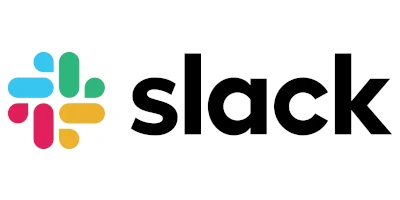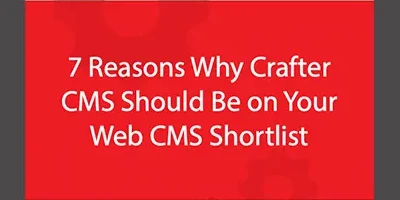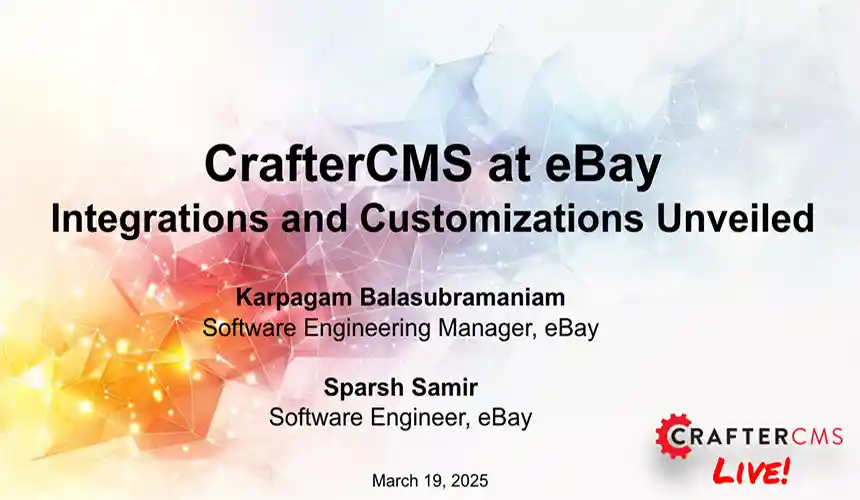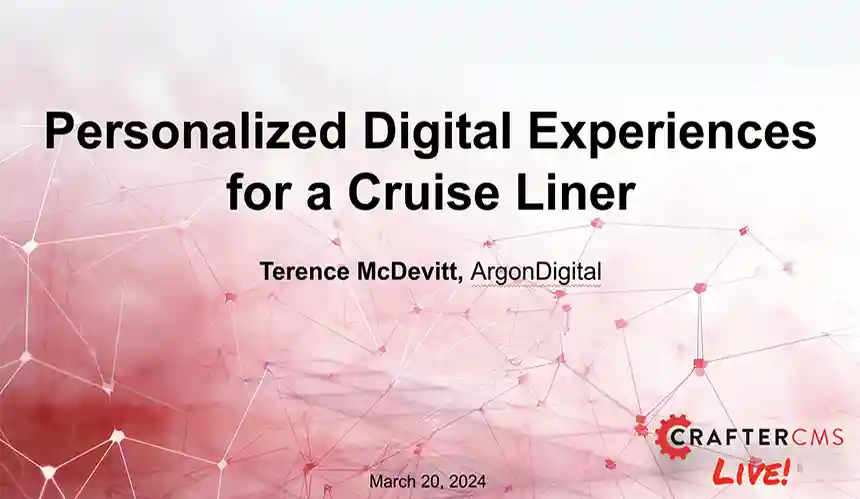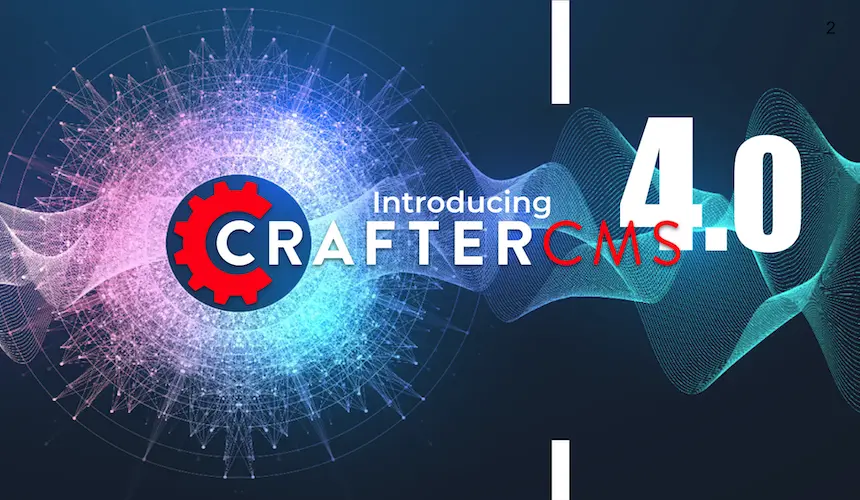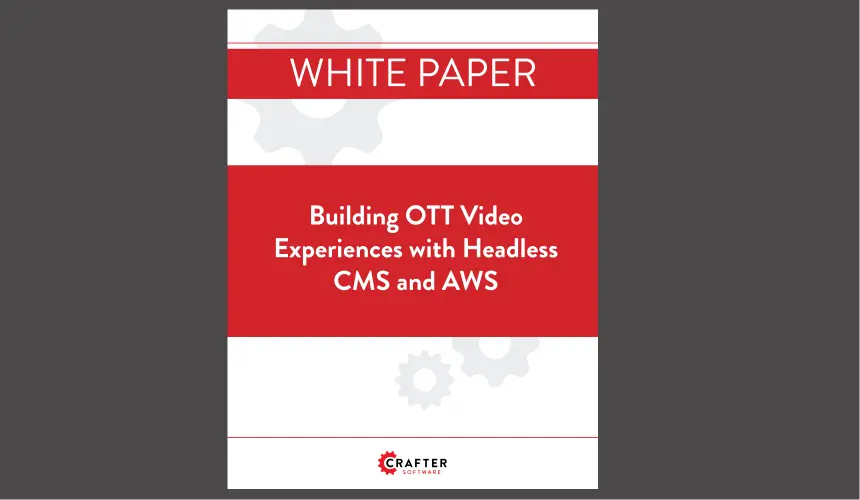Migrating Your Legacy Database-Backed CMS to a Modern Git-Based CMS

Russ Danner
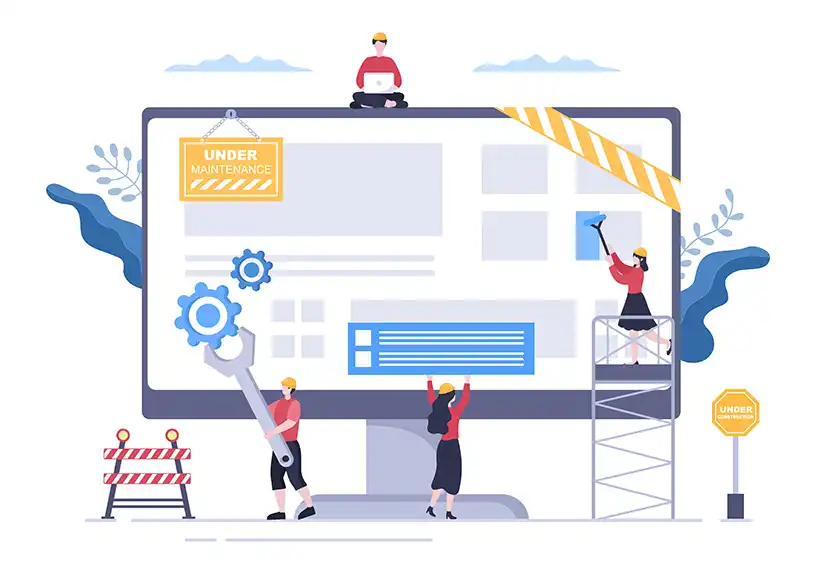
Legacy, database-backed CMS platforms were once the standard for building and managing enterprise websites. But as digital experiences have grown more complex, spanning various user personas and multiple channels, devices, and geographies, these older architectures often struggle to keep pace. If you're stuck with legacy CMSs such as Contentful, Contentstack, Adobe AEM, Drupal, dotCMS, Magnolia, Typo3 or any of the many other database-centric systems, its probably time to look to a modern Git-based CMS.
CrafterCMS takes a modern approach, using a Git-based, distributed repository at its core. This not only eliminates the scaling and performance bottlenecks of database-centric systems but also delivers a highly flexible, developer-friendly, and cloud-native environment. Moreover, with its decoupled architecture CrafterCMS delivers ultra-secure content delivery for your sites and apps, and a superior level of reliability and availability.
If your organization is ready to move beyond the limitations of your current CMS, here’s how to plan and execute a smooth migration from a database-backed platform to the modern Git-based CrafterCMS.
1. Define Your Migration Strategy
A successful migration starts with a clear plan. Before moving a single piece of content, your team should:
-
Set Goals and KPIs – Are you migrating for better performance, faster publishing, easier developer workflows, omnichannel delivery, or all of the above? Define your success metrics upfront.
-
Audit Your Existing CMS – Identify all content types, templates, media assets, workflows, and integrations. Document where content lives and how it’s structured.
-
Plan Timelines and Milestones – Break the migration into manageable phases (e.g., content export, template migration, integration testing, go-live).
-
Assign Roles and Responsibilities – Involve stakeholders across content, design, development, and IT operations to ensure a coordinated effort.
-
Select Migration Tools & Services – Decide whether you’ll handle the migration internally or leverage CrafterCMS’s Migration Services for faster, highly efficient execution.
2. Migrate Content into XML and Git
The heart of a CrafterCMS migration is converting your content from a proprietary database format into Crafter’s standards-based XML stored inside a Git repository.
-
Export From Your Legacy CMS – Use your current CMS’s export tools or APIs to extract structured content, metadata, and relationships between items.
-
Define Your Content Types – Use CrafterCMS’s intuitive content modeling tool to easily create and customize content types. It offers total flexibility to define fields, relationships, and workflows that match your business needs. This is also a great time to improve your information architecture, content structure, and metadata definitions upon which your legacy CMS may have imposed limits.
-
Convert to XML – CrafterCMS uses clean, standards-based XML for all content. This ensures portability, long-term accessibility, and compatibility with modern tooling.
-
Import into Git – Once in XML, your content can be impored directly into CrafterCMS’s built-in Git repository, or pulled from your favorite Git-based cloud service (e.g., Github, Gitlab, etc.). Git ensures every change is versioned, traceable, and instantly available for review and publishing.
The XML + Git architecture means your CMS is robust, future-proof, and ready for high velocity content operations including authoring, editing, workflow, and publishing. It also allows you to implement highly productive DevContentOps processes that remove all the process barriers of traditional, database-oriented CMSs.
3. Execute the Migration
With your strategy in place and your content transformed, it’s time to bring everything into CrafterCMS.
-
Migrate Digital Assets – Move images, videos, PDFs, and other media into CrafterCMS’s asset repository. Using the bulk import capability is your go-to move here.
-
Import UI Components, Templates & Presentation Layers – As an enterprise-grade headless CMS platform, CrafterCMS supports any front-end technology that you are using today or will use in the future. Whether it's FreeMarker, React, or other frameworks, import all your existing UI/UX artifacts.
-
Integrate External Systems – CrafterCMS provides a robust set of REST and GraphQL APIs for integrating with marketing automation, e-commerce, personalization engines, analytics, and more.
-
Custom API Development – If your old CMS had custom APIs your business depends on, you can easily replicate them using CrafterCMS’s built-in, server-side Groovy scripting capability to create bespoke endpoints.
-
Test, Optimize, and Launch – Run a full QA process to validate content, functionality, and performance before making the final switch.
Why Move Now?
For brands striving to maintain relevance in an AI-first, omnichannel world, moving to a modern, Git-based headless CMS is no longer optional. Customer expectations, emerging technologies, and new digital channels are evolving too quickly for legacy, database-backed systems to keep up.
CrafterCMS delivers the agility, scalability, and collaboration capabilities needed to succeed in this new era of content management. Here’s why making the move now can set your organization up for long-term success:
-
Headless “Plus” Capabilities – CrafterCMS goes beyond the limitations of a headless-only CMS by offering a headless "plus" solution (aka hybrid headless approach). This gives enterprises not just powerful omnichannel content delivery, but also rich in-context authoring and advanced, server-side digital experience development capabilities without the trade-offs.
-
Composable Architecture – Its flexible, modular design allows teams to tailor the content management experience for different use cases and user roles. You can assemble exactly the tools you need for marketing, development, and operations, all without being locked into a monolithic platform.
-
Git-Powered Content Repository – Unlike database-centric CMSs, CrafterCMS uses Git as its underlying content store, delivering far more advanced versioning, branching, and rollback capabilities. It also enables DevContentOps, enabling seamless collaboration between developers and content authors.
-
Truly Decoupled Architecture – Content authoring and serverless content delivery are fully separated. This allows CrafterCMS to scale effortlessly while reducing operational costs and infrastructure complexity.
-
AI-Enabled Content Management – CrafterCMS includes native AI content management technologies, enabling content teams to generate, edit, and optimize text, images, and metadata directly within the authoring environment. AI-driven search, recommendations, and personalization help deliver more relevant and engaging experiences to each audience segment.
-
Boosted Team Productivity – Content teams can eliminate up to 95% of bottlenecks associated with legacy and headless-only systems, thanks to CrafterCMS’s visual authoring tools, in-context editing and live preview. In addition, development and QA teams have seen productivity gains of 40% or more.
-
Massive Operational Efficiency Gains – With Git-based workflows and decoupled delivery, organizations can improve operational efficiency by over 75%, accelerating time-to-market for new campaigns, features, and experiences.
-
Future-Proof for New Channels – Whether it’s AR/VR, IoT, mobile, web, or something yet to emerge, CrafterCMS provides the flexibility to adapt quickly to new technologies without costly re-platforming.
By migrating now, you’re not just replacing your old CMS; you’re embracing a future-ready platform that empowers marketers, developers, and IT teams to work together in creating richer, faster, and more scalable digital experiences.
Summary
Your CMS shouldn’t hold you back; it should accelerate your ability to create, manage, and deliver great digital experiences. Migrating to CrafterCMS unlocks modern, Git-powered content management that’s faster, more flexible, and ready for whatever the future brings.
Helpful Resources for Your CMS Migration
CrafterCMS offers extensive guidance and professional services to make your migration seamless:
- Migrating from AEM to CrafterCMS
- How to Easily Migrate from Drupal to CrafterCMS
- Migrating from Liferay to CrafterCMS
- Crafter Migration Services
Learn why enterprises are ditching legacy CMSs in favor of CrafterCMS:
- CrafterCMS: A Modern Open Source Alternative to WordPress
- Magnolia Alternatives: Why Enterprises Choose CrafterCMS
- Liferay Alternatives: Why Enterprises Choose CrafterCMS
- dotCMS Alternatives: Why Enterprises Choose CrafterCMS
- Contentful Alternatives: Why Enterprises Choose CrafterCMS
- Contentstack Alternatives: Why Enterprises Choose CrafterCMS
- Sanity.io Alternatives: Why Enterprises Choose CrafterCMS
- Strapi Alternatives: Why Enterprises Choose CrafterCMS
Related Posts
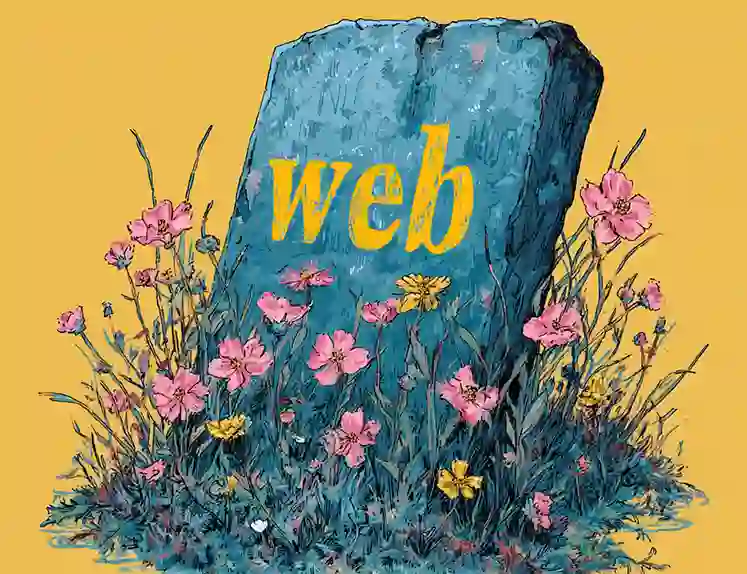
Websites Are Dead?

Mike Vertal
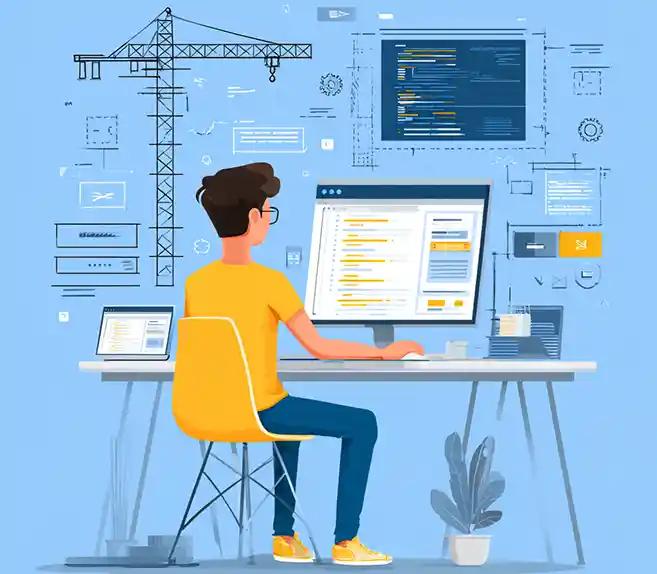
No-Code Experience Building for Marketers & Designers

Amanda Lee

Is Your CMS MACH-Ready? A Practical Guide for Enterprise Architects

Sara Williams
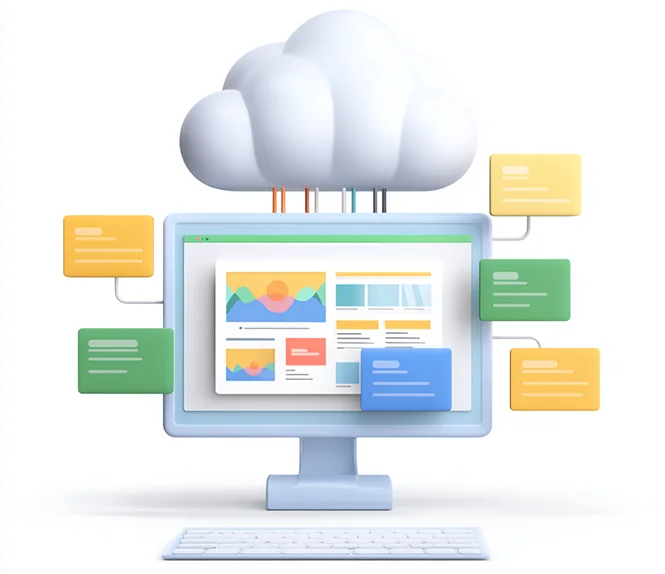
Composable DXP vs Traditional DXP: Why Enterprises Choose CrafterCMS

Amanda Jones




